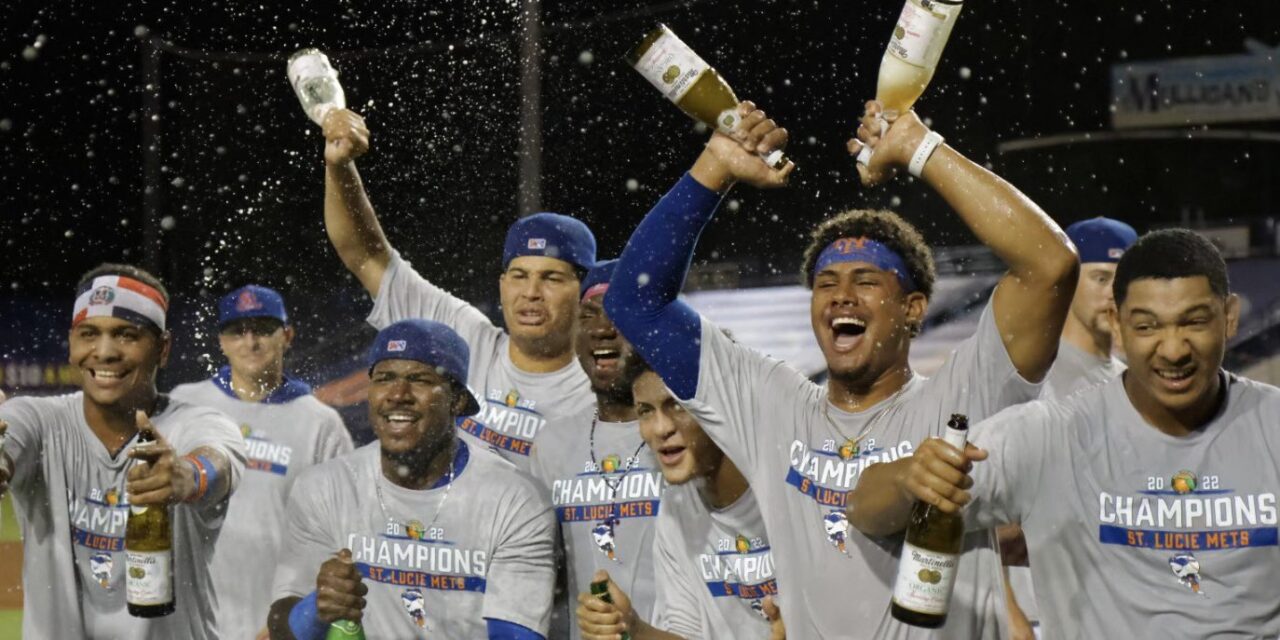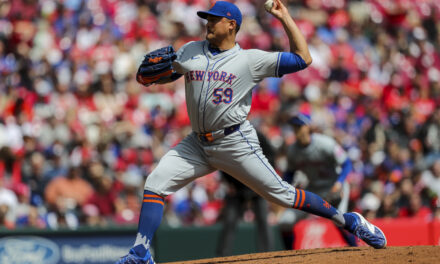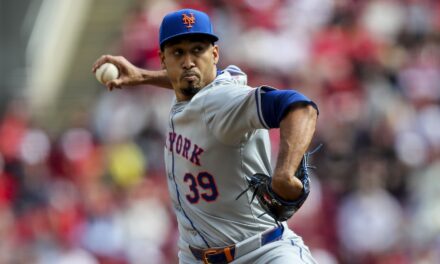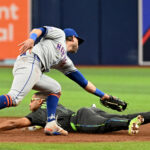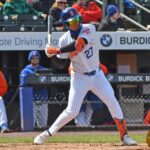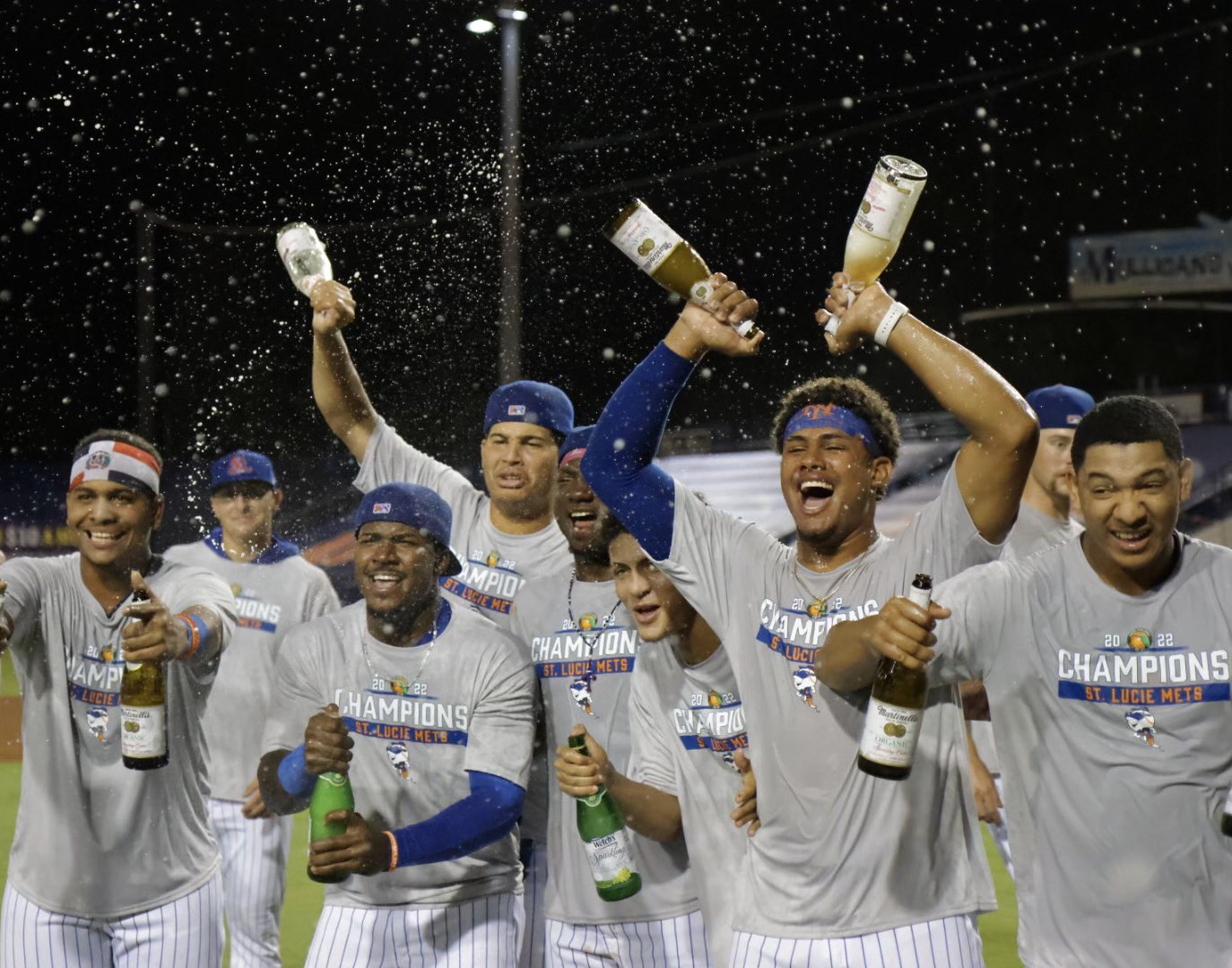
St. Lucie Mets. Photo by Ed Delany of Metsmerized
Down on The Farm, a newsletter focused on minor-league coverage, just released their Minor-League Ballpark Park Factors from the 2022 season.
Park Factors have helped analysts and fans comprehend the value of specific batted-ball events, relative to the venue, for the last 20 years. Understanding the specific park factors behind each stadium can help determine whether a ballpark is either one that favors hitters or pitchers. They can allow one to strip the quality of each player and determine if a stadium is naturally inflating or deflating a player’s final line.
Each stadium’s Park Factor is measured by a value close to one. If that value is over one, that stadium is favored towards pitchers, while conversely, if it is under one, the stadium is more ideal towards hitters. These measurements are calculated by aggregating the value and recurrence of each group of hits (single, double, triple, home run).
MLB’s Park Factors, which can be found here, are the backbone of sabermetrics such as wOBA, wOBACON, and wRC+. By aggregating each park’s factors, each stadium can be categorized as a pitcher haven or a hitter’s paradise.
For example, MLB’s park factors devalued triples during Citi Field’s early years, given the park’s spacious outfield and the multitude of three-baggers smacked. Unique atmospheric characteristics of a stadium, such as the wind of Brooklyn’s Maimonides Park and the altitude of Colorado’s Coors Field, can also play a role in calculating park factors as it can give each batted ball event (BBE) an innate physical advantage. Park Factors can also show a stadium bias’ towards a certain type of hitters, such as the short right field in Yankee Stadium leading to more home runs from left-handed batters.
In the context of Mets’ Minor-League stadiums, the former Las Vegas 51s’ venue of Cashman Park sat at 1,995 feet above sea level, naturally inflating the offensive hitters’ performance. Despite the 51’s hitters’ impressive on-paper offensive performances, the air in the high elevation allowed their BBEs to have more innate carry.
According to Down on the Farm, Maimonides Park (home of the Brooklyn Cyclones) was rated as the toughest park to score runs in 2022, with a park factor of .79. Despite four of the Mets’ top prospects spending significant time with the Cyclones, Brooklyn finished as the second-worst team in the South Atlanta League in runs, hits, and home runs. A trio of Brooklyn’s most notable pitchers, Junior Santos, Daison Acosta, and Dominic Hamel, combined for a 3.64 ERA at home, compared to a 5.46 mark on the road. It should be noted that those results should be taken with a grain of salt as there are many confounding variables, but it is still noteworthy.
In terms of total Park Factor, the St. Lucie Mets’ Clover Park ended up 44th, the Binghamton Rumble Ponies’ park of Mirabito Stadium 66th, and the Syracuse Mets’ NBT Bank Stadium 76th. Clover Park and Mirabito Stadium were each rated as pitcher’s parks while NBT Bank Stadium was narrowly classified as a hitter’s park. Maimonides Park was assessed as the 10th most difficult stadium to hit a home run at. Mirabito Stadium finished as the 15th-hardest park to land a single, but the 12th easiest stadium to smack a double.
Overall, looking at a player’s final line can be a good guide to evaluate their performance, but including park factors in your analysis can help paint a clearer picture of their performance. Now, when evaluating Mets’ prospects, based off where they have been played, now you have more information.


